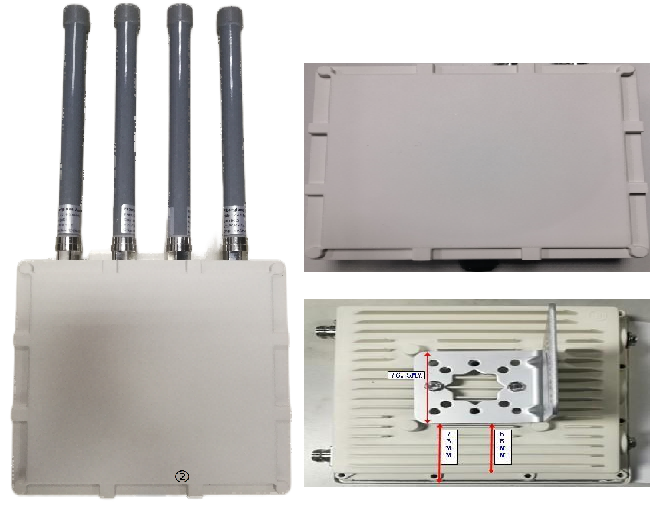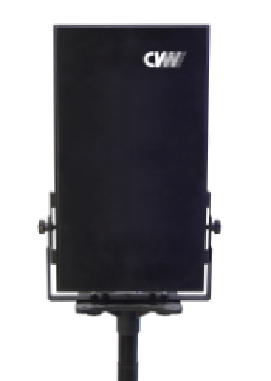With the continuous development of technology, video transmission technology is playing an increasingly important role in people's lives and work. However, with the complexity and uncertainty of the network environment, how to ensure the quality and stability of video transmission has become an urgent problem to be solved. This article will introduce you to video transmission technology in complex environments.
1. UDP transmission technology
UDP (User Datagram Protocol) is a connectionless transmission protocol, which is simple, fast and efficient. In complex environments, UDP transmission technology can effectively reduce latency and improve real-time video transmission. However, the disadvantage of UDP transmission technology is that it is prone to packet loss and jitter. For video transmission scenarios with high real-time requirements, certain technical measures need to be taken to solve this problem.
2. TCP transmission technology
TCP (Transmission Control Protocol) is a connection-oriented transmission protocol characterized by reliability and stability. In complex environments, TCP transmission technology can effectively reduce packet loss rate and ensure the stability of video transmission. However, the disadvantage of TCP transmission technology is its low transmission efficiency. For video transmission scenarios with high real-time requirements, it is necessary to balance the relationship between transmission quality and real-time performance.
3. Adaptive bit rate transmission technology
In complex environments, video transmission may encounter issues such as network bandwidth fluctuations and increased latency. Adaptive bit rate transmission technology can automatically adjust the video bit rate according to changes in the network environment to ensure the quality of video transmission. The advantage of this technology is that it can maintain the stability and smoothness of video transmission in different network environments.
4. P2P technology
P2P (peer-to-peer technology) is a technology that transfers files directly from one user to another. In complex environments, network congestion may be encountered during video transmission. P2P technology can fully utilize the idle bandwidth in the network and improve the efficiency of video transmission. In addition, P2P technology also has the characteristic of decentralization, which can reduce the load on servers.
5. Content Distribution Network (CDN)
Content Distribution Network (CDN) is a technology that caches video content to servers closer to users. In complex environments, video transmission may encounter network latency and packet loss issues. CDN technology can effectively reduce network latency and improve real-time video transmission. In addition, CDN technology also has the characteristic of load balancing, which can ensure the stability of video transmission.
In summary, in complex environments, video transmission technology requires the comprehensive use of various technical means to meet the video transmission needs in different scenarios. With the continuous development of network technology, video transmission technology will also continue to evolve, bringing people a higher quality video experience.

 Multi-camera wireless video transmission
Multi-camera wireless video transmission Zero Latency Wireless Video Transmission
Zero Latency Wireless Video Transmission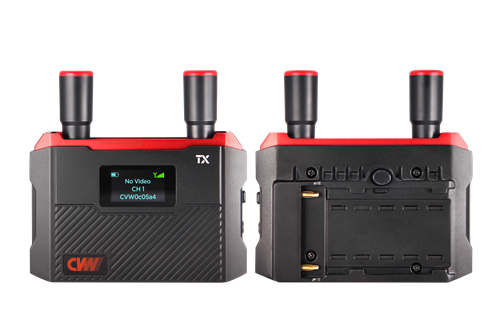
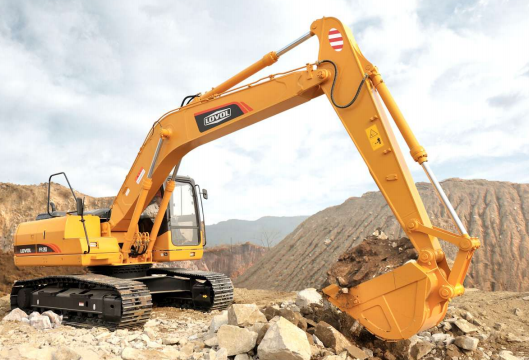 Designed for teleoperating the heavy equipment
Designed for teleoperating the heavy equipment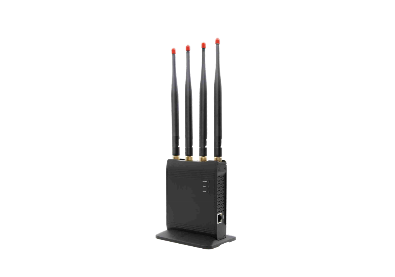 Wireless high-speed data transmission
Wireless high-speed data transmission